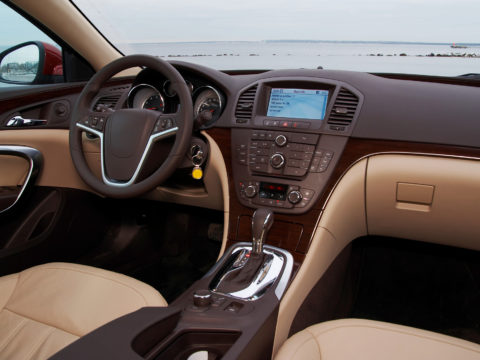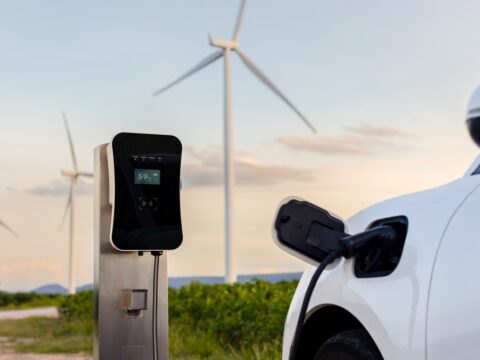Over the years, automotive safety has evolved tremendously, making our roads safer than ever before. In this article, we explore the top 20 car safety innovations that have emerged through the decades. From the early days of seatbelts to the latest in collision avoidance technology, these advancements highlight the continuous efforts to protect drivers and passengers, ensuring that every journey is as safe as possible.
Contents
Seatbelts (1950s)
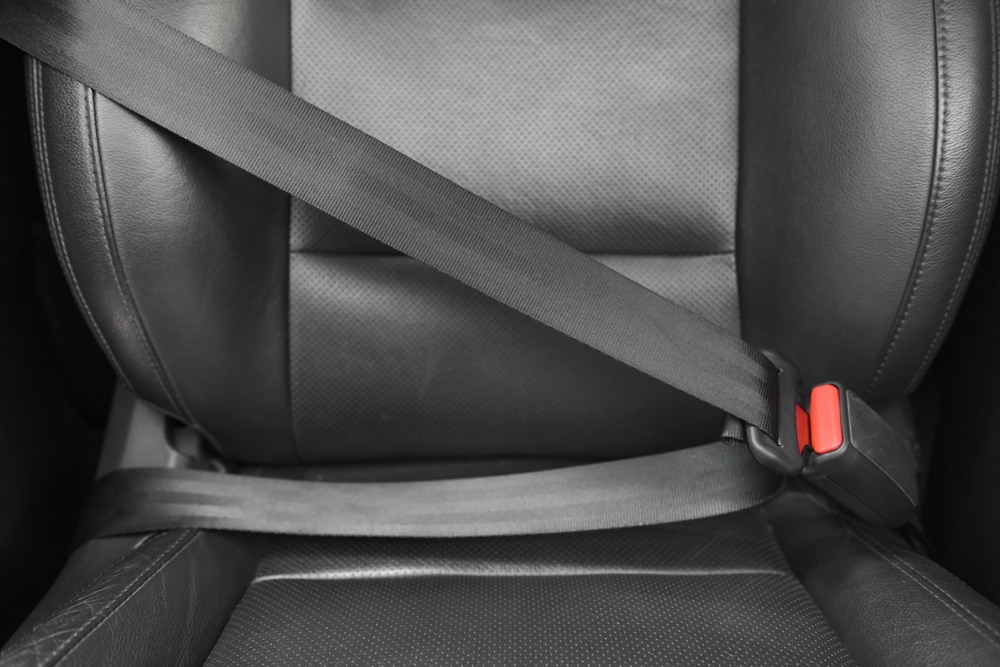
Seatbelts were one of the earliest and most impactful automotive safety innovations. Introduced in the 1950s, they became standard equipment and significantly reduced fatalities and serious injuries by keeping occupants restrained during collisions. The simple yet effective design of lap belts laid the groundwork for more advanced restraint systems.
Airbags (1970s)
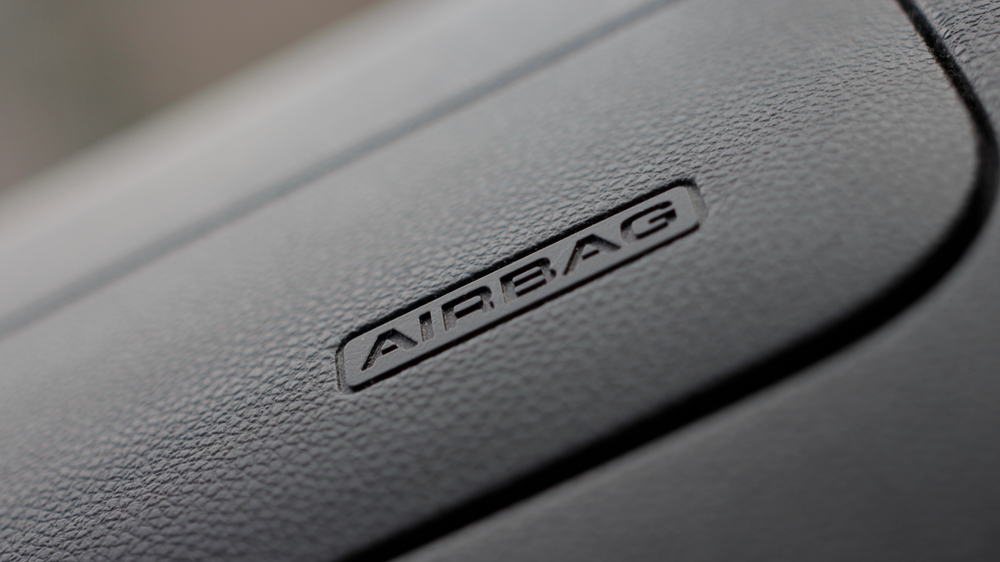
Airbags, introduced in the 1970s, provided a crucial supplemental restraint system to seatbelts. They deploy in milliseconds upon impact, cushioning occupants and reducing the risk of severe injuries. Modern vehicles now have multiple airbags, including front, side, curtain, and knee airbags, enhancing protection from various collision angles.
Anti-lock Braking System (ABS) (1970s)
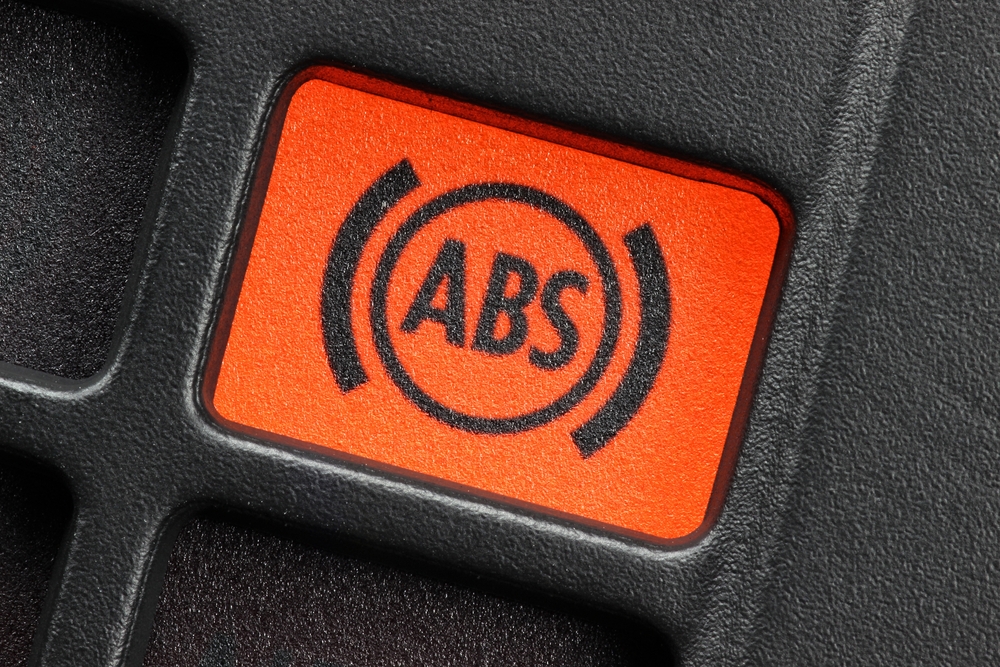
The Anti-lock Braking System (ABS), developed in the 1970s, prevents wheel lockup during sudden braking, maintaining steering control. ABS uses sensors to monitor wheel speed and modulates brake pressure accordingly. This innovation greatly improved vehicle stability and reduced stopping distances on slippery surfaces.
Crumple Zones (1960s)
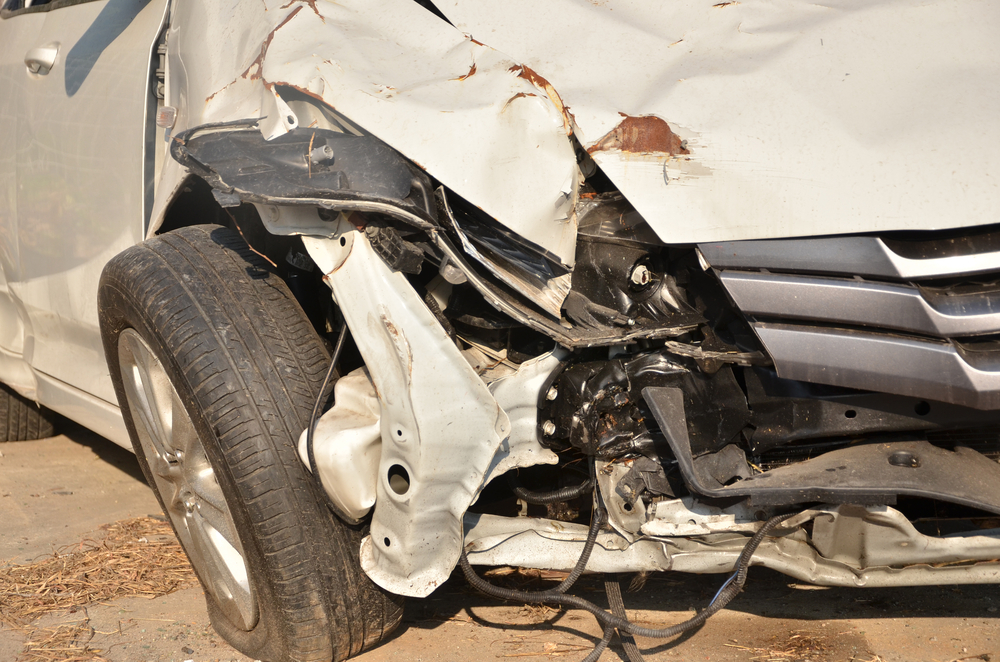
Crumple zones were introduced in the 1960s to absorb and dissipate energy during a collision, reducing the force transferred to the occupants. These zones are strategically designed areas of a vehicle that deform upon impact, protecting the passenger compartment and significantly enhancing crash safety.
Electronic Stability Control (ESC) (1990s)

Electronic Stability Control (ESC), introduced in the 1990s, helps drivers maintain control of their vehicle during extreme steering maneuvers. ESC detects loss of traction and automatically applies brakes to individual wheels to prevent skidding. This innovation has been instrumental in reducing rollover and single-vehicle crashes.
Traction Control System (TCS) (1980s)
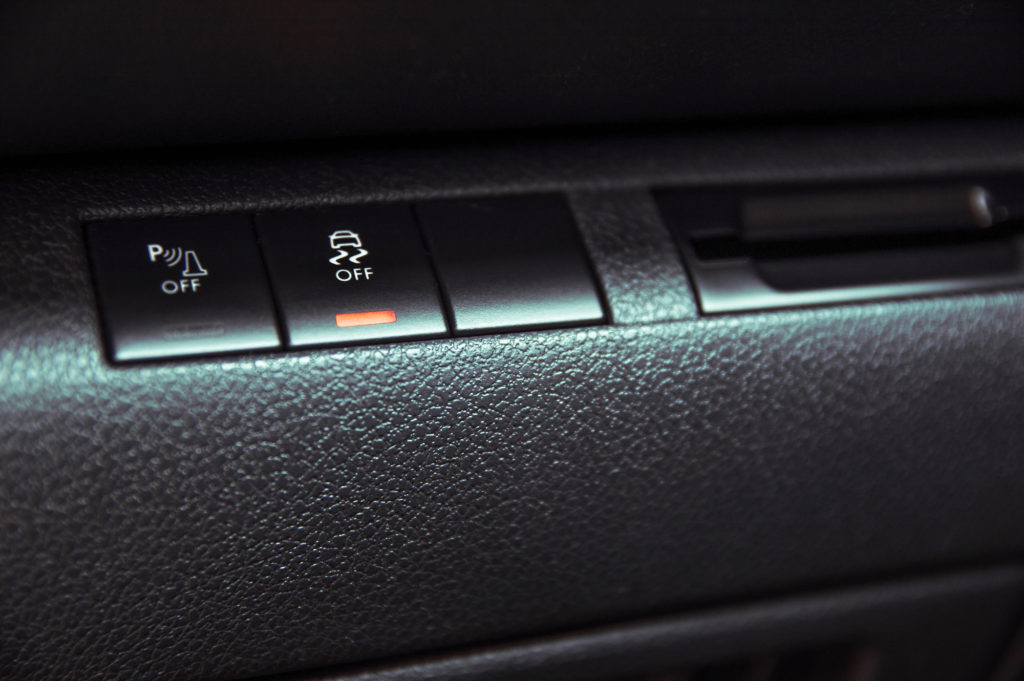
The Traction Control System (TCS), developed in the 1980s, reduces wheel spin during acceleration by adjusting engine power and applying brakes to individual wheels. TCS enhances vehicle stability and control, especially on slippery surfaces, providing better traction and preventing loss of control.
Three-Point Seatbelt (1959)

Invented by Volvo in 1959, the three-point seatbelt combines a lap belt and a shoulder belt in one continuous strip, offering superior restraint. This design distributes crash forces across the chest, pelvis, and shoulders, significantly reducing the risk of injury and becoming a global standard in automotive safety.
Side-Impact Protection (1990s)

Side-impact protection systems, introduced in the 1990s, include reinforced door structures and side airbags. These features protect occupants from side collisions by absorbing impact energy and cushioning the body, reducing the likelihood of severe injuries in side-impact crashes.
Rearview Cameras (2000s)
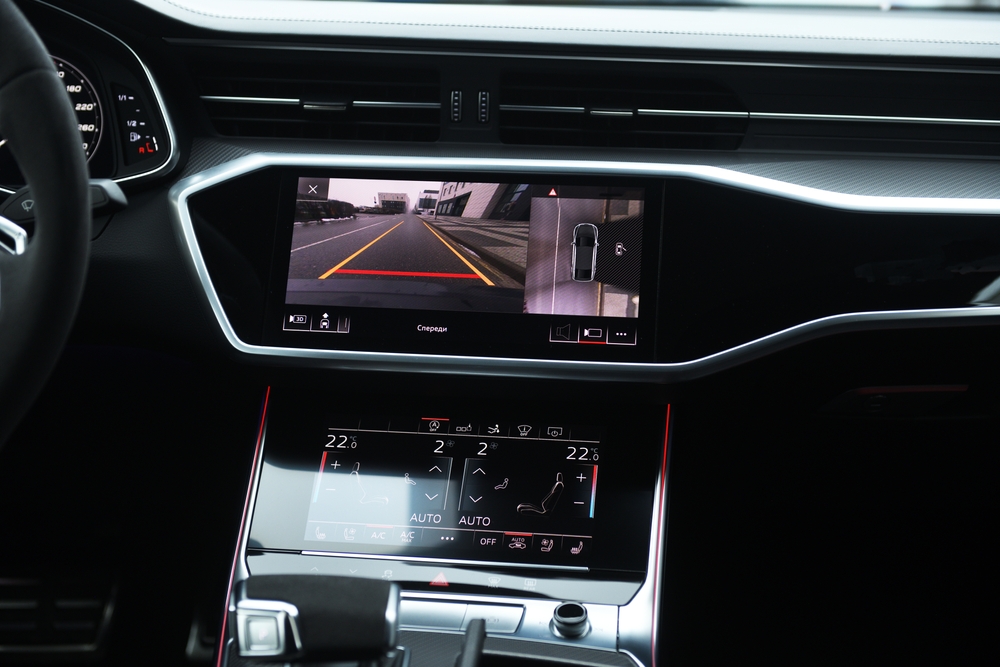
Rearview cameras, widely adopted in the 2000s, enhance visibility when reversing by providing a clear view of the area behind the vehicle. This innovation helps drivers avoid obstacles and improves safety, especially in preventing backover accidents involving pedestrians and children.
Blind Spot Detection (2000s)
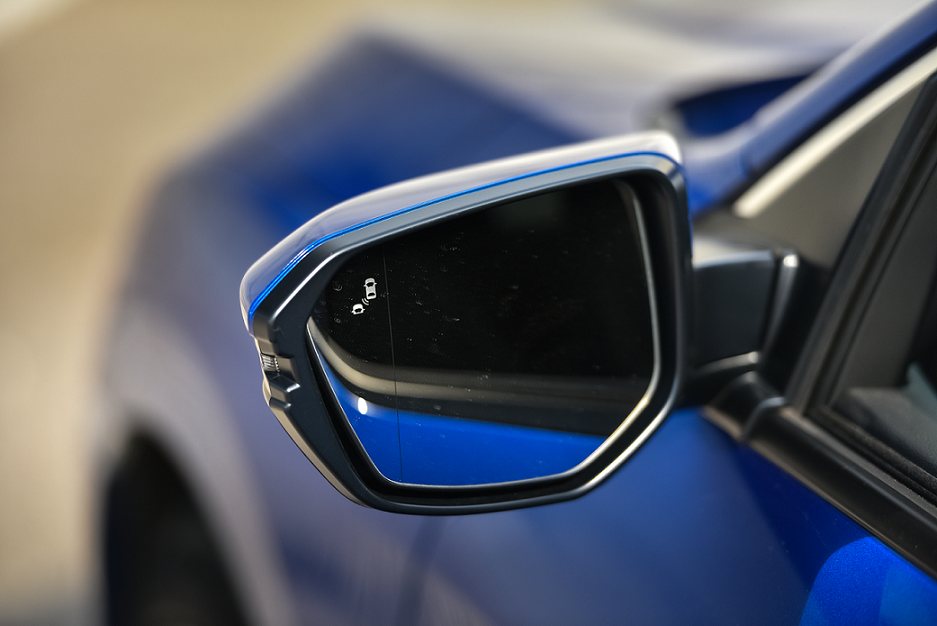
Blind spot detection systems, introduced in the 2000s, use sensors to monitor areas not visible to the driver and alert them to vehicles in their blind spots. This technology reduces the risk of lane change collisions, enhancing overall driving safety by increasing driver awareness.
Adaptive Cruise Control (ACC) (1990s)
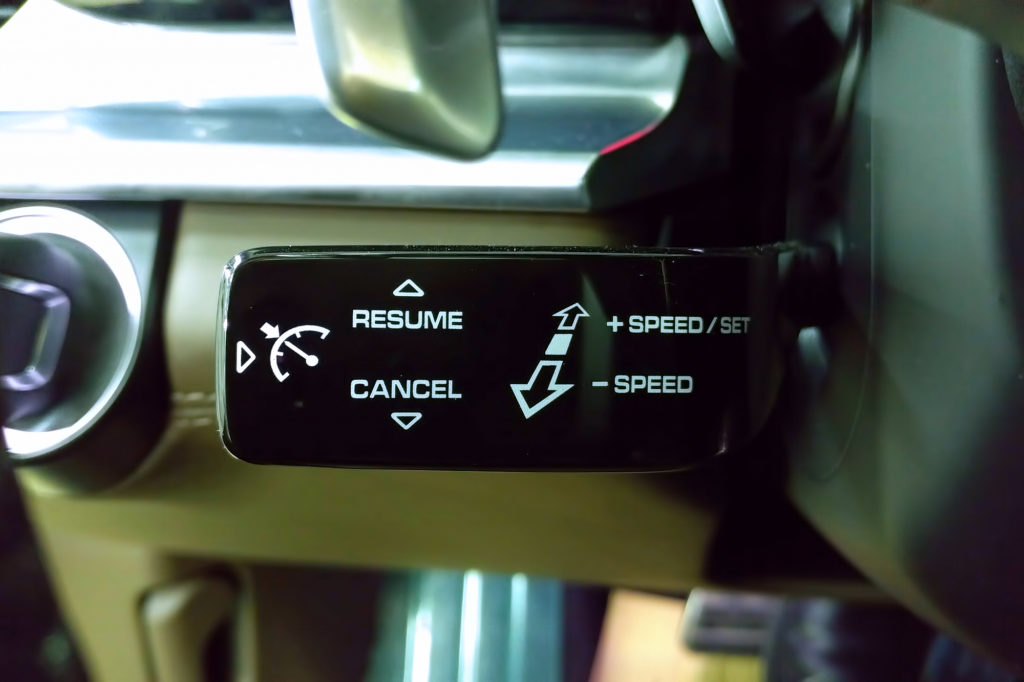
Adaptive Cruise Control (ACC), developed in the 1990s, automatically adjusts a vehicle’s speed to maintain a safe distance from the car ahead. Using radar and sensors, ACC provides a more comfortable and safer driving experience, especially in highway traffic, by reducing the need for constant speed adjustments.
Lane Departure Warning (2000s)
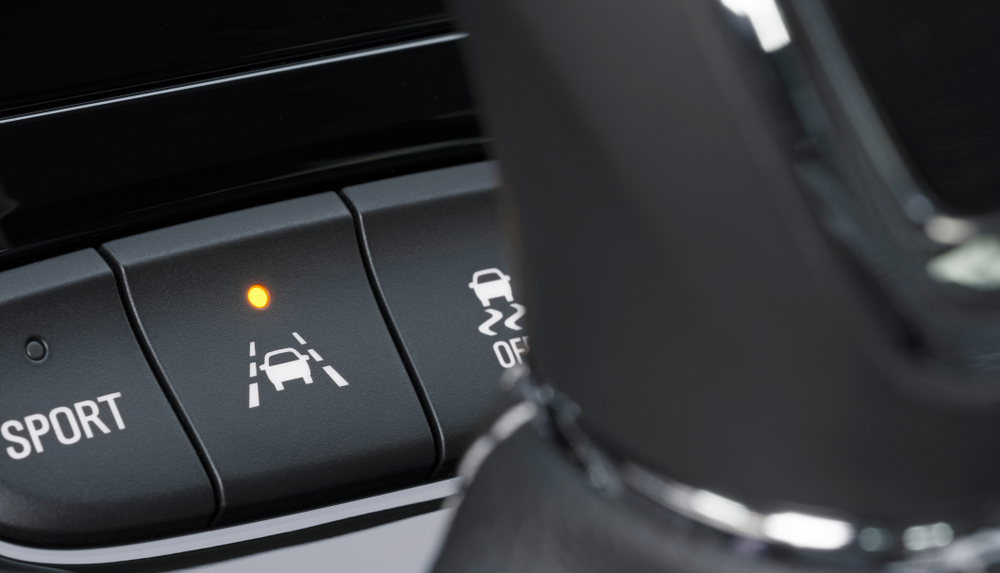
Lane departure warning systems, introduced in the 2000s, monitor lane markings and alert drivers if they unintentionally drift out of their lane. This innovation helps prevent accidents caused by driver distraction or drowsiness, encouraging safer lane-keeping behavior.
Forward Collision Warning (2000s)
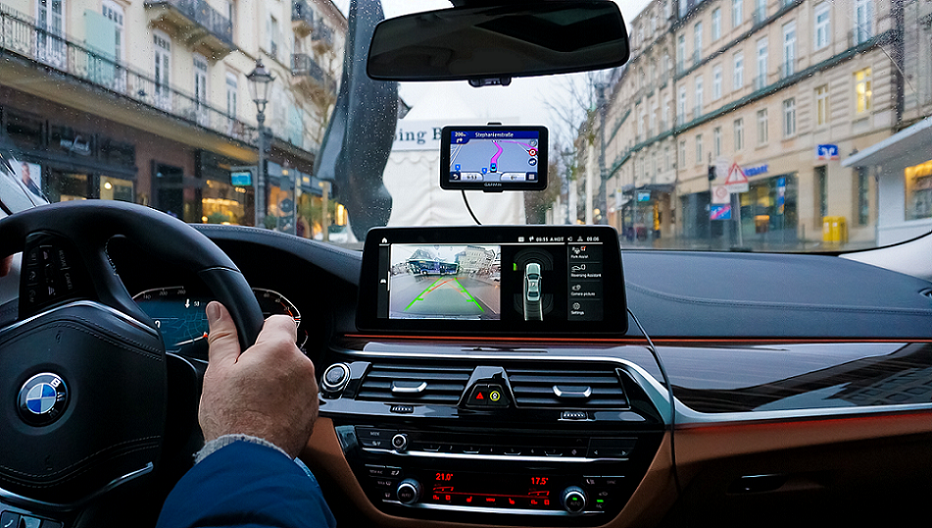
Forward collision warning systems, developed in the 2000s, use sensors to detect potential collisions with vehicles ahead and alert the driver. This early warning system gives drivers additional time to react and avoid crashes, enhancing overall road safety.
Automatic Emergency Braking (AEB) (2010s)
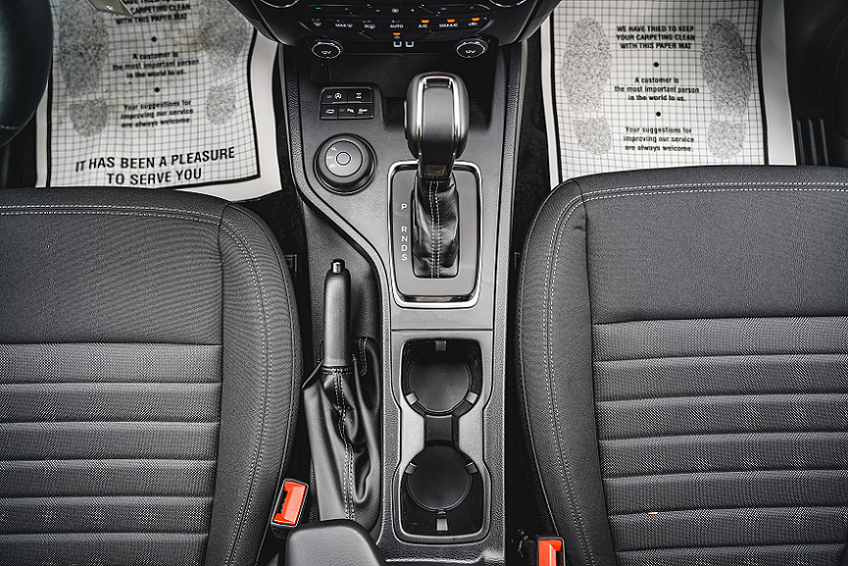
Automatic Emergency Braking (AEB), introduced in the 2010s, automatically applies the brakes if a collision is imminent and the driver does not respond. AEB systems can significantly reduce the severity of crashes or prevent them altogether, providing a crucial safety net.
Pedestrian Detection Systems (2010s)
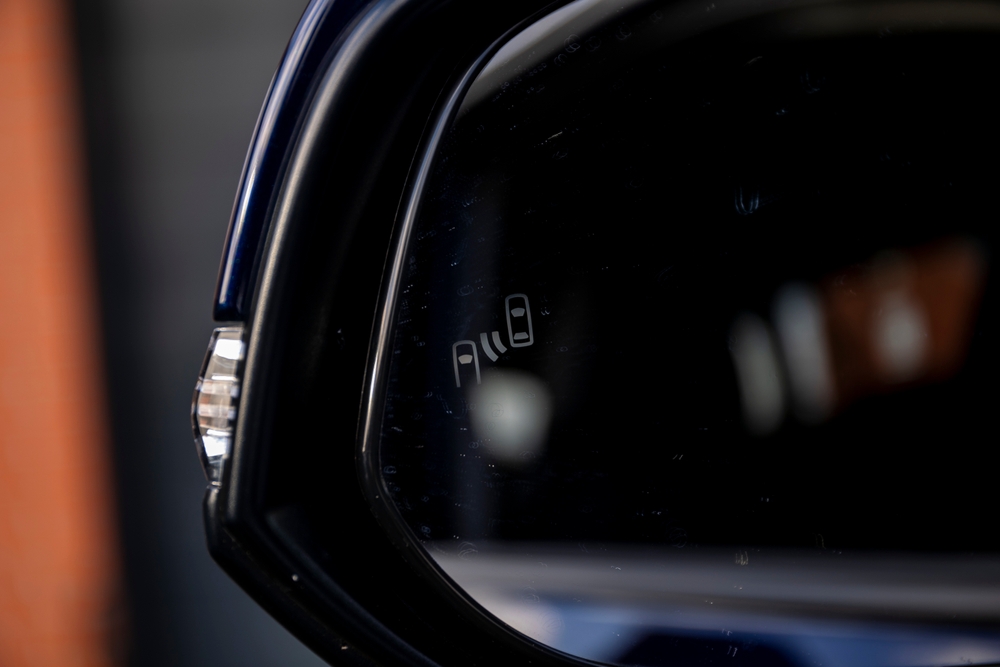
Pedestrian detection systems, developed in the 2010s, identify pedestrians in a vehicle’s path and alert the driver or automatically apply brakes if necessary. This technology enhances safety for vulnerable road users and helps prevent accidents in urban environments.
Tire Pressure Monitoring Systems (TPMS) (2000s)
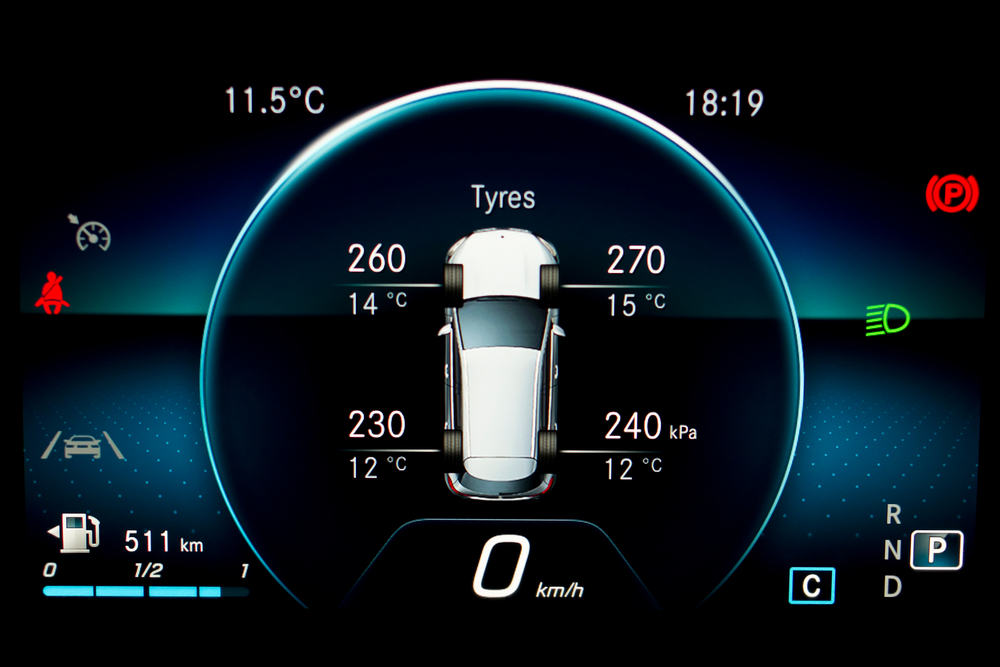
Tire Pressure Monitoring Systems (TPMS), introduced in the 2000s, continuously monitor tire pressure and alert drivers to under-inflated tires. Maintaining proper tire pressure is essential for vehicle safety, improving handling, and fuel efficiency, and reducing the risk of blowouts.
Adaptive Headlights (2000s)

Adaptive headlights, developed in the 2000s, adjust the direction and intensity of the light beam based on vehicle speed and steering. These headlights improve nighttime visibility and enhance safety by illuminating the road ahead more effectively, especially around curves.
Driver Attention Monitoring (2010s)

Driver attention monitoring systems, introduced in the 2010s, detect signs of driver fatigue or inattention and issue alerts. These systems use cameras and sensors to monitor driver behavior, helping prevent accidents caused by drowsiness or distraction.
Automatic High Beams (2010s)
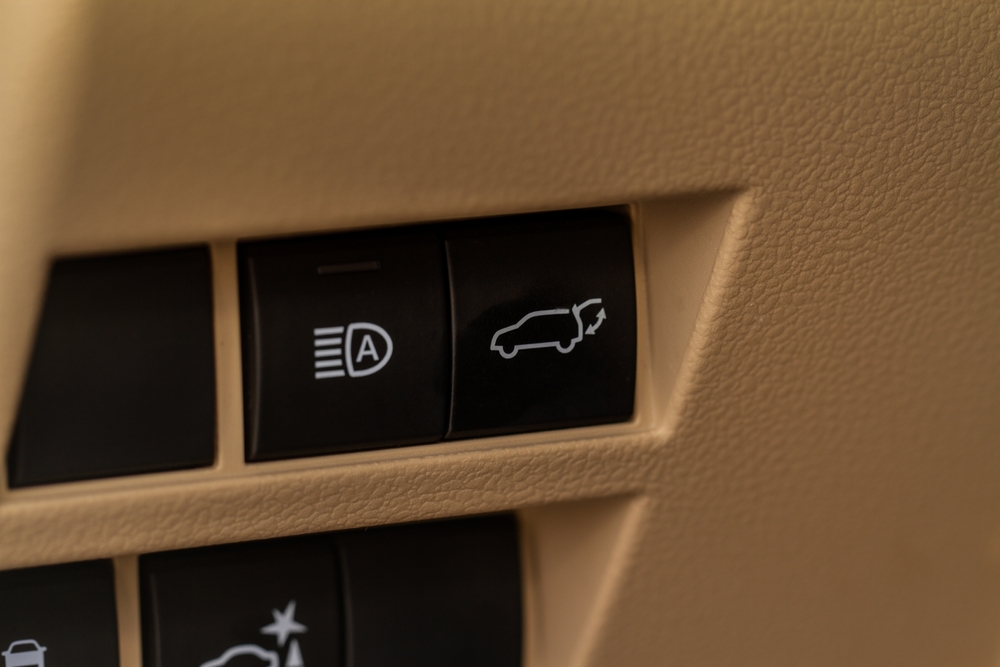
Automatic high beams, introduced in the 2010s, automatically switch between high and low beams based on traffic conditions. This innovation improves nighttime visibility while preventing glare for oncoming drivers, enhancing safety for everyone on the road.
Emergency Brake Assist (EBA) (2000s)
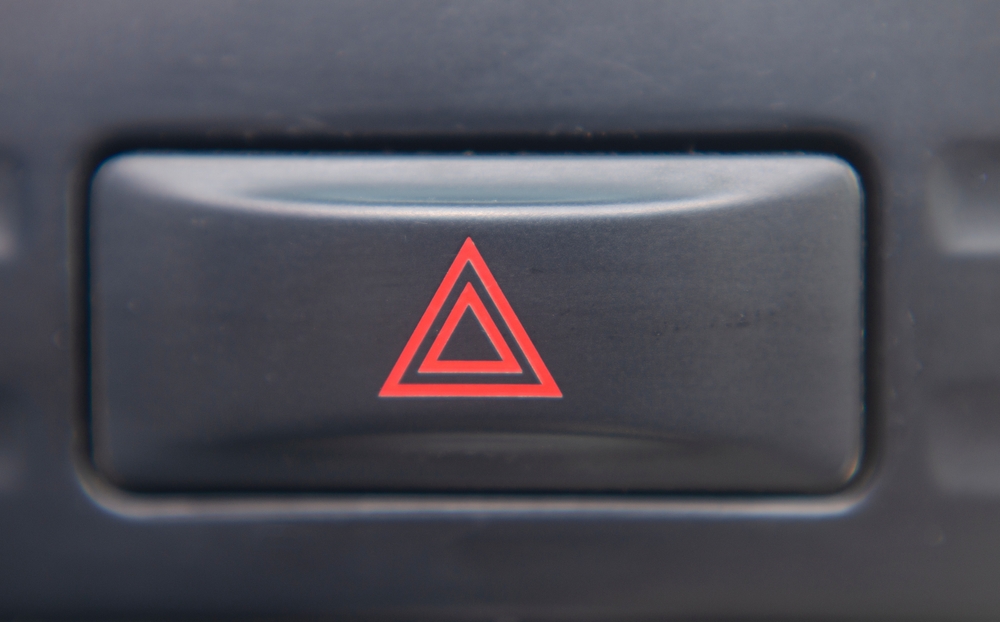
Emergency Brake Assist (EBA), developed in the 2000s, detects emergency braking situations and increases braking force to reduce stopping distance. This system enhances braking performance and helps prevent collisions by providing additional braking power when needed most.
This article originally appeared in MyCarMakesNoise.
More from MyCarMakesNoise
10 Unpopular Vintage Plymouth Cars

Vintage Plymouth cars often evoke images of classic muscle and charismatic design, particularly models like the Barracuda and GTX. However, not all Plymouths have enjoyed such fond recollections. Read More.
25 Most Expensive Cars in the World

Embarking on a journey through the echelons of automotive luxury and performance, we delve into an exclusive realm where cars transcend ordinary functionality to become benchmarks of engineering excellence and opulence. Read More.
13 Car Features Drivers Find Most Annoying
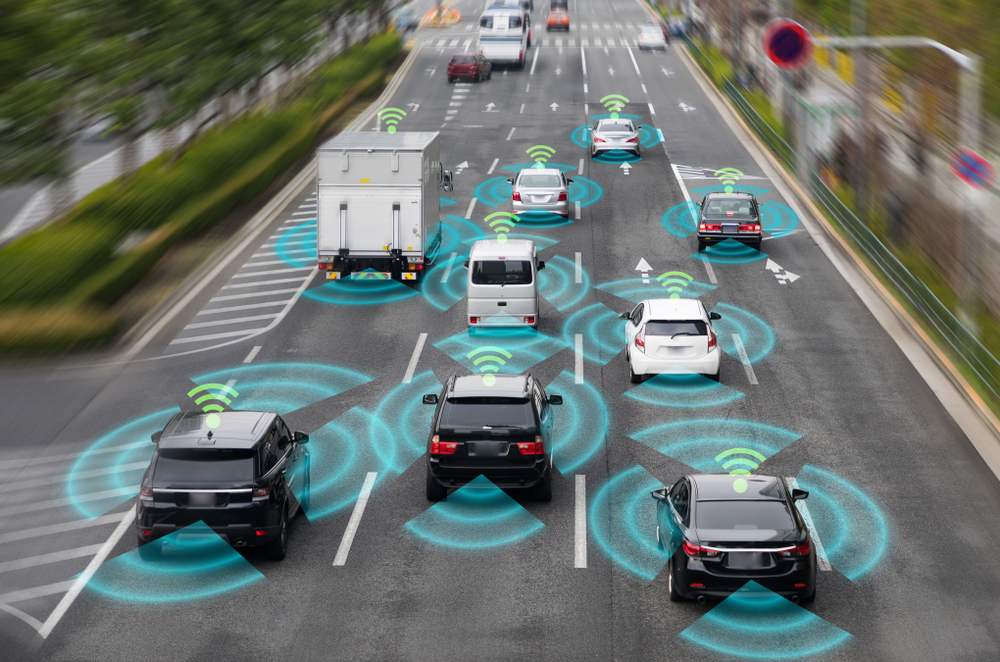
While modern cars boast an array of advanced features aimed at enhancing comfort and safety, some of these innovations can inadvertently lead to driver frustration. Read More.

